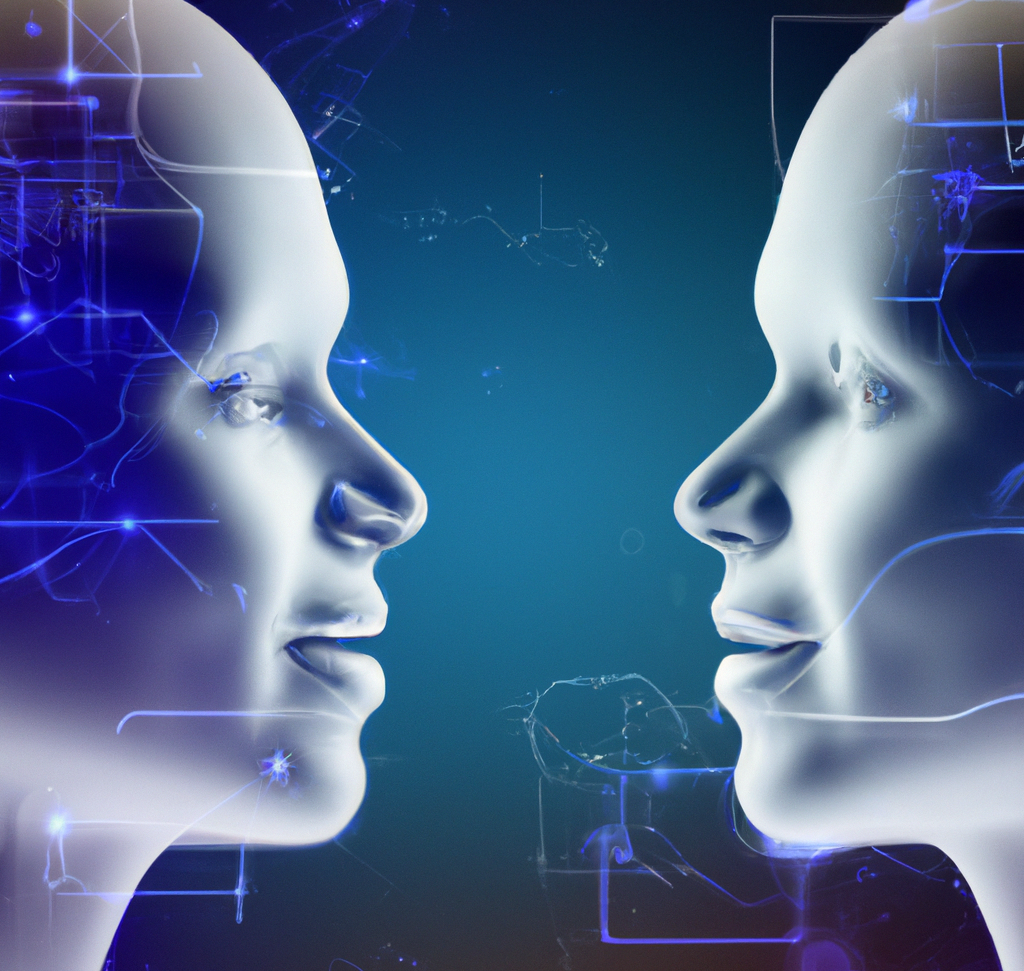Future-oriented digital twin
A digital twin is a virtual replica of a real-world thing or system that can be used for simulation, improvement, and monitoring, among other things. For the design and testing of complex systems, such as those found in industrial machinery, cars, or structures, digital twins can be especially helpful.

There are various ways in which digital twins are likely to further influence how our environment is shaped in the future:
Smart cities: Planners and politicians can study the effects of various policies and infrastructure improvements before putting them into practise by using digital twins to build virtual models of entire cities. This could aid in maximising resource use, enhancing urban mobility, and improving quality of life in general.
Health care: With the help of digital twins, it is possible to build personalised models of each patient that may be used to forecast the course of diseases and how individuals will react to various therapies. This can assist medical professionals in making better choices regarding patient care and enhancing general health outcomes.
Manufacturing: Manufacturers can utilise digital twins to build virtual representations of their facilities and manufacturing procedures, which helps them to streamline operations, cut waste, and enhance product quality. This may result in more effective and environmentally friendly manufacturing techniques.
Climate modeling: With the aid of digital twins, it is possible to build virtual representations of the earth’s climate system, which can then be used to simulate the effects of various climate change scenarios and guide policy choices about strategies for emissions reduction and adaptation.

Overall, digital twins are positioned to grow in significance as a tool for innovation and problem-solving across numerous industries. Digital twins can assist us in better understanding and managing the systems that shape our lives as our environment grows more complicated and linked.

